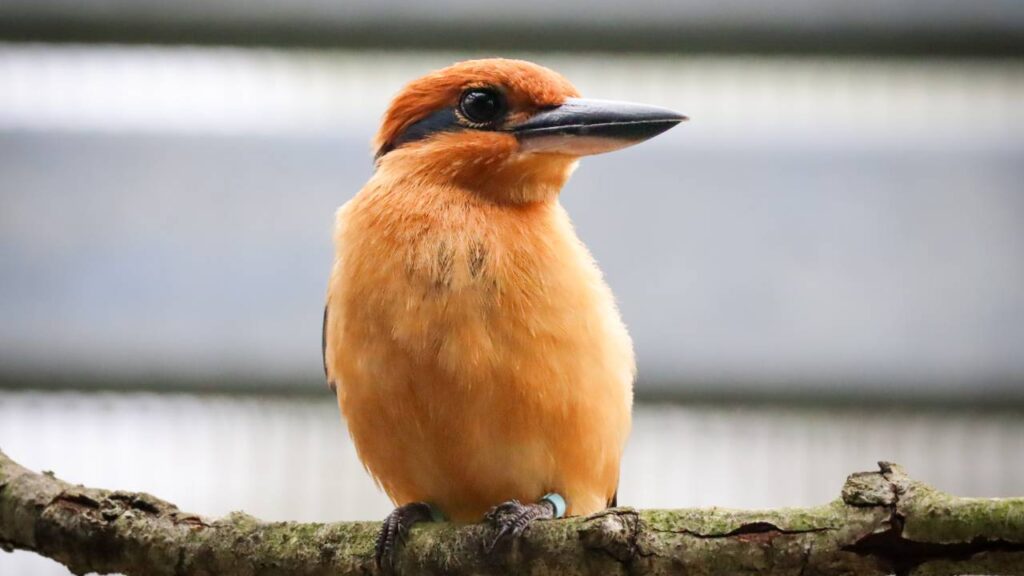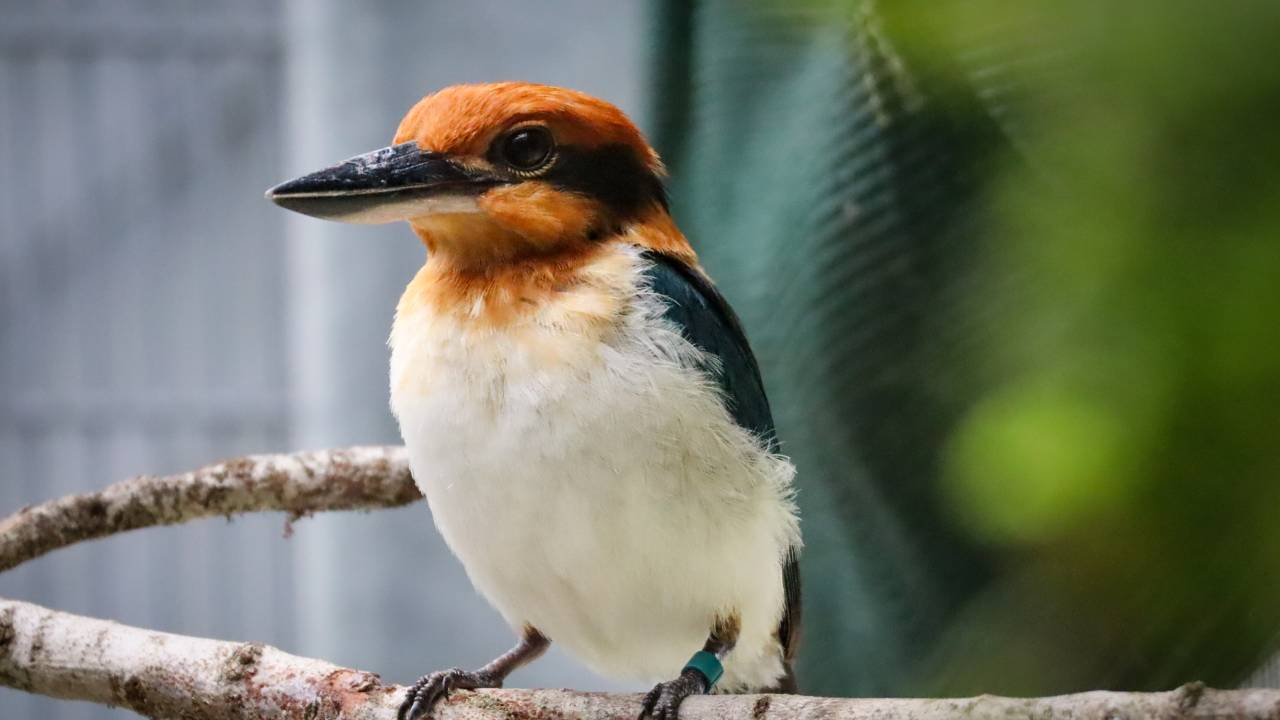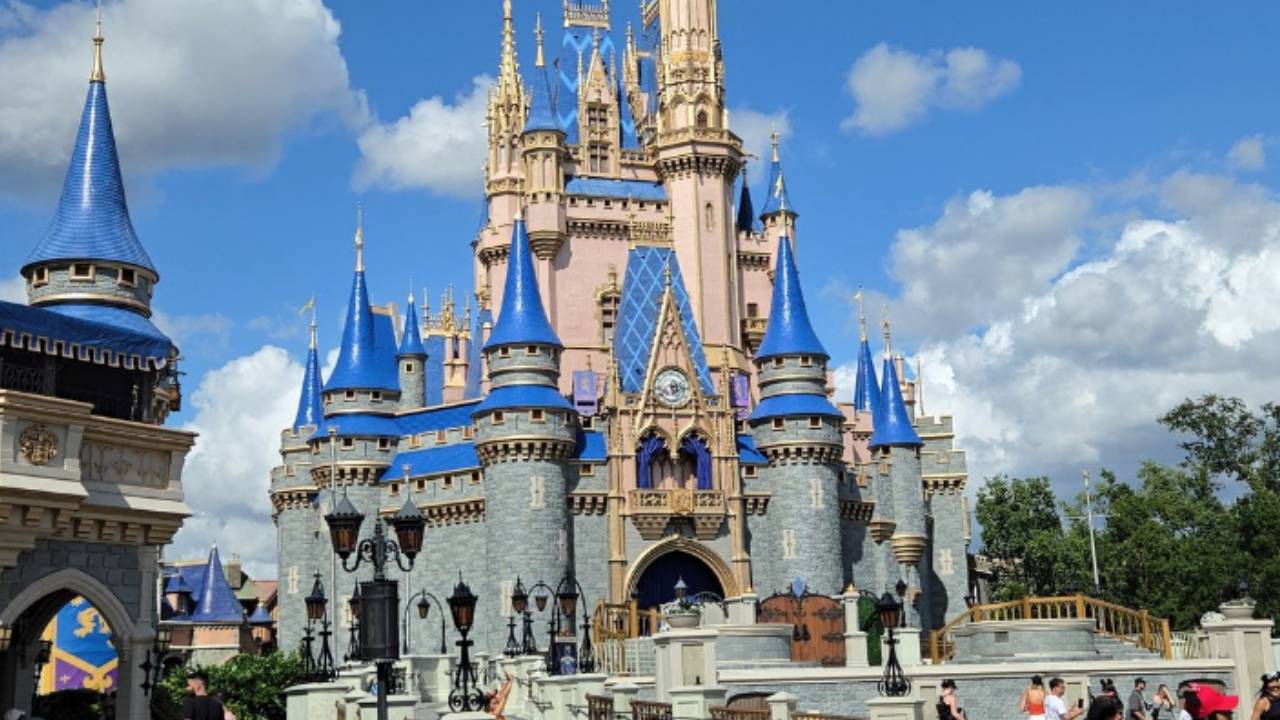Disney’s conservation efforts are helping to save a species of bird called the Guam kingfisher from extinction.
Two Guam kingfishers that received care at Disney’s Animal Kingdom were recently released into the wild on Palmyra Atoll—a remote island south of Hawaii.
The release was part of a multi-year collaboration between Disney and other organizations, including U.S. Fish & Wildlife Service, The Nature Conservancy and the Guam Division of Aquatic & Wildlife Resources.
The birds—known as the sihek in their native Guam—have a strong bill and cinnamon-orange and metallic blue feathers. They typically are about 8 inches tall and weigh 2-3 ounces.
The wild Guam kingfisher population was decimated after the introduction of the invasive brown tree snake in the 1950s. By 1988, the bird had been declared extinct.
But, thanks to conservation efforts, the bird is making a comeback. About 127 Guam kingfishers are being cared for at dozens of zoos across the U.S.

Animal Kingdom keeps a small flock of the birds at its Avian Research Center, a backstage facility at the theme park. Over the years, veterinarians and the animal care team at the park have gained experience caring for the Guam kingfishers, sharing best practices about the birds’ wellbeing and nutrition with other organizations participating in the Sihek Recovery Program—which aims to return the birds to the wild.
A breeding pair at the park laid an egg that hatched at another Association of Zoos and Aquariums facility and was part of the recent release program.
“These two birds are representing a lot of care and health and love of what our Disney cast members have provided through the years, and just really symbolize an amazing opportunity for us to be a part where zoos are truly saving species,” said Dr. Deidre Fontenot, a veterinarian wit Disney’s Animal, Science and Environment team.
Fontenot has been working with Guam kingfishers at Animal Kingdom since 2010, leading much of the research of the birds at the park.
To prepare the birds for release, some Guam kingfishers were quarantined and given final health checks before being transported to another facility in Kansas. They were then taken Palmyra.
Birds released on the island were each fitted with tiny radio transmitters that staff with the Nature Conservancy use to track their progress.






